Heroin Addiction & Treatment

By The Recovery Village
Medical Reviewer Denise-Marie Griswold, LCAS | Editor Rob Alston
Last Updated: March 24, 2023
Editorial Policy | Research Policy
Heroin use in the U.S. has risen dramatically in recent years. This increase can be linked to the crackdown on prescription opioids like OxyContin and Vicodin; when people who had developed addictions to prescription opioids can’t get their prescription refilled, they often turn to the street for illicit opioids like heroin.
According to The Substance Abuse and Mental Health Services Administration (SAMHSA), nearly 80% of people who use heroin were first addicted to prescription opioids. This alarming statistic underscores the dangers of opioid use, even when someone has a legitimate prescription.
What is Heroin?
Heroin is a semi-synthetic opioid, meaning that it is a modified version of a naturally produced opioid. Flowers of the opium poppy produce morphine, which is converted to heroin through a chemical process. Heroin is used recreationally because it produces feelings of euphoria, dulls physical and emotional pain and increases pleasure sensation.
The prevalence of heroin use has steadily increased since 2010, which is when laws and regulations were put in place that limited access to prescription opioids. Unfortunately, prescription opioids are powerfully addictive, even when taken as prescribed, so patients who were denied prescription refills turned to heroin. The reality is that heroin and prescription opioids are more alike than they are different, and some legal opioids are more addictive and far more lethal than heroin.
Many people want to know why heroin use has been increasing so rapidly, and the answer to this question lies with the prescription opioid epidemic. Between 2000 and 2009, the number of opioid prescriptions increased by 35%, and the dosage per prescription increased by a whopping 70%. Opioid prescriptions peaked in 2012, at which time laws and regulations were being enacted to curtail prescription opioid abuse.
Start Your Recovery Today
If you or a loved one are struggling with Opioid addiction, don’t wait. Our recovery advocates are standing by to guide you through your options.
All calls are 100% confidential
Heroin-related overdose deaths were relatively consistent in the early 21st century, with a 2.5% increase between 1999 and 2005. During this same time period, deaths related to prescription opioids increased by 110%. Over the next five years, heroin-related overdose deaths increased by 51%, and prescription opioid deaths by 89.4%. As prescription opioids became harder to get, people began to use heroin instead, and between 2010 and 2017, heroin-related overdose deaths skyrocketed by 410% while prescription opioid-related deaths increased by a more modest 32.5%.
Another factor in the increase in heroin use is illegally manufactured fentanyl, which is a synthetic opioid that is about 50 times more potent than heroin. Since fentanyl is relatively easy to get and less expensive than heroin, drug dealers often cut heroin with fentanyl to increase their profits. Unfortunately, people who unknowingly use fentanyl are at high risk for a potentially fatal overdose.
Signs & Symptoms
Heroin use has some cardinal signs that can help people determine whether their loved one is on it.
Common physical signs of heroin use include:
- Weight loss
- Pinpoint pupils
- Skin and face flushing
- Slow breathing and/or heart rate
- Track marks (or wearing long sleeves to cover them up)
- Stupor or unconsciousness
Common behavioral signs of heroin use include:
- Loss of interest in friends or hobbies
- Failure to meet responsibilities
- Evasive behavior/secrecy
- Loss of appetite
- Rapid mood swings
In addition, heroin use may result in social consequences like financial problems, arrests or other legal issues, job loss and relationship strain. Unlike signs, which can be observed by someone else, symptoms are subjective experiences.
Physical symptoms may include:
- Constipation
- Nausea
- Dry mouth
- Lethargy
- Muscle weakness
- Loss of motor coordination
Psychological heroin effects may include:
- Euphoria
- Dizziness
- “Foggy” thoughts or confusion
- Irritability
A heroin overdose is a medical emergency. If you suspect an overdose, call 911 immediately. Heroin slows the parts of the brain that are responsible for maintaining proper respiration (breathing) and heart rate, and an overdose can cause these functions to become dangerously slow. Respiratory depression (shallow, irregular breathing) can quickly lead to coma and death.
Heroin overdose symptoms include:
- Respiratory depression
- Faint pulse
- Blue or purple lips or fingernails
- Unresponsive or unconscious
Withdrawal & Detox Process
Heroin withdrawal is notoriously difficult, but people who entrust their care to medical professionals have access to treatment options that can reduce withdrawal symptom severity. Heroin withdrawal is generally not associated with serious health risks, but people with severe vomiting and diarrhea may become dangerously dehydrated and suffer from electrolyte imbalance.
Heroin withdrawal symptoms often include:
- Frequent yawning
- Runny nose
- Watery eyes
- Nausea/vomiting
- Diarrhea
- Goosebumps
- Muscle cramps
- Anxiety
- Mood swings
Withdrawal symptoms usually set in within 8-12 hours after the last dose, and symptom severity peaks between 36-72 hours. For most people, symptoms have mostly or completely resolved within 7-10 days, but some people experience withdrawal symptoms that persist for far longer than expected. People who have overcome severe heroin addiction may experience fluctuating and intermittent withdrawal symptoms for months or years after quitting.
Treatment Options
Unfortunately, there are no shortcuts in the detox and withdrawal period but quality rehab facilities are equipped to provide heroin withdrawal help. People who want to quit using heroin often have the best results by starting their recovery in a medical detox program. Medical detox provides around-the-clock care and supervision and, when appropriate, medications can be provided that ease withdrawal symptoms.
After completing medical detox, most people transition into a residential (or inpatient) rehab program. The first weeks of sobriety are often the most challenging, and residential rehab can protect people from triggers and temptations that could lead to a relapse. Residential programs also provide individual and group therapy sessions that can teach people how to manage stress and prevent relapse.
Outpatient rehab programs vary quite a bit, and some people begin their rehab journey in outpatient. Outpatient programs range from intensive outpatient, which requires several hours of rehab every day and may stipulate that clients spend their nights at the rehab facility, to weekly therapy sessions. Outpatient rehab requires that clients are able to resist triggers, and people who are considering entering rehab through an outpatient program need to be honest with themselves about whether outpatient is the right place to start. Heroin is powerfully addictive and people with heroin use disorders often have the most success when they participate in a residential program before moving into an outpatient program.
Many people who have successfully recovered from heroin addiction believe that recovery takes consistent maintenance. Many rehab centers offer aftercare programs to their clients, which gives them a way to meet new people, pick up new hobbies and participate in fun, healthy events.
Heroin and other opioids are somewhat unique among addictive drugs in that they can cause long-term changes in brain chemistry that can cause debilitating withdrawal symptoms even years after quitting. Medication-assisted treatment (MAT) is a very valuable treatment option for these people. The goal of MAT is to provide long-acting opioids that don’t produce the euphoric highs that opioids of abuse are known for. This staves off withdrawal symptoms and gives people a real chance at maintaining a healthy, productive lifestyle. Methadone, Suboxone and Subutex are common MAT drugs.
Related Topic: Inpatient vs. Outpatient Rehab
FAQs
Answers to some frequently asked questions about heroin are provided.
Why is heroin so addictive?
In order to answer this question, it may be helpful to understand how the brain regulates pleasure under normal circumstances. Endogenous (naturally produced) opioids in our brains interact with dopamine signaling and the “reward system” to create an association between an stimulus and a positive result. For example, drinking water when you’re thirsty increases endogenous opioid and dopamine levels, creating a pleasurable sensation and reinforcing the positive effect of water on thirst. Consequently, the next time you’re thirsty you’ll seek out water.
Opioids of abuse hijack the endogenous opioid system and force huge amounts of dopamine to be released from storage, leading to intense euphoria. Since dopamine release is normally caused by stimuli that have a positive effect on our health and wellbeing, our brains incorrectly associate heroin with something that’s really great for us. Unfortunately, the brain can quickly become dependent on heroin for dopamine release and every time heroin is administered the addiction is reinforced. Just like dehydration causes us to crave water, the heroin-dependent brain reacts to low levels of heroin by craving more.
Is heroin an opioid?
Yes, heroin is an opioid. Heroin is known as a semi-synthetic opioid because it is a modification of a naturally occurring opioid called morphine. Other semi-synthetic opioids are oxycodone and hydrocodone.
What is heroin made out of?
Heroin is a derivative of morphine, which is naturally produced by the opium poppy flower. After morphine has been isolated from the flowers, it is mixed with several other chemicals to produce heroin.
What are heroin track marks?
“Track marks” are needle injection sites or scars from intravenous drug use. Heavy injection drug use leads to scarring and discoloration around the injection site(s). Track marks are most often found inside the elbow, but some people inject into the hands, feet, legs, or groin.
Questions?
Our Recovery Advocates are ready to answer your questions about addiction treatment and help you start your recovery.
Sources
Muhuri, Pradip K.; Gfroerer, Joseph C.; Davies, M. Christine. “Associations of Nonmedical Pain Reliever[…]n the United States.” Center for Behavioral Health Statistics and Quality, August 2013. Accessed February 20, 2020.
Kenan, K.; Mack, K.; Paulozzi, L. “Trends in prescriptions for oxycodone an[…]d States, 2000-2010.” Open Medicine, April 2012. Accessed February 21, 2020.
Kaiser Family Foundation. “Opioid Overdose Deaths by Type of Opioid.” Revised February 13, 2020. Accessed February 21, 2020.
National Institute on Drug Abuse. “What is Fentanyl?” Revised February 2019. Accessed February 19, 2020.
University of Colorado Boulder: The Institute for Behavioral Genetics. “Neuroanatomy and Physiology of the “Brain Reward System” in Substance Abuse.” Accessed February 21, 2020.



